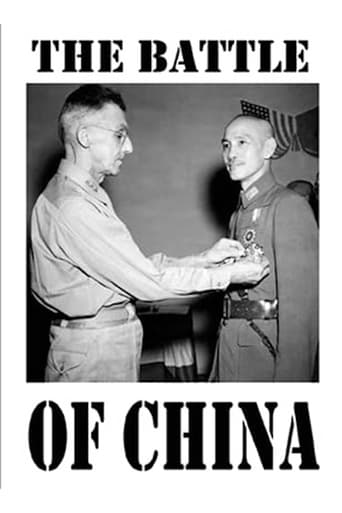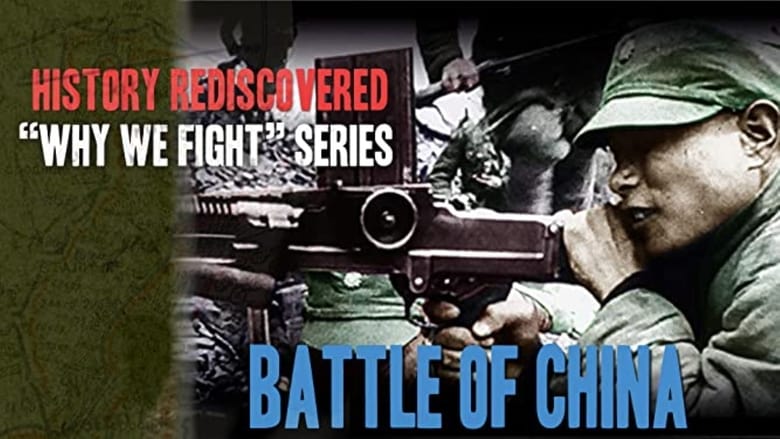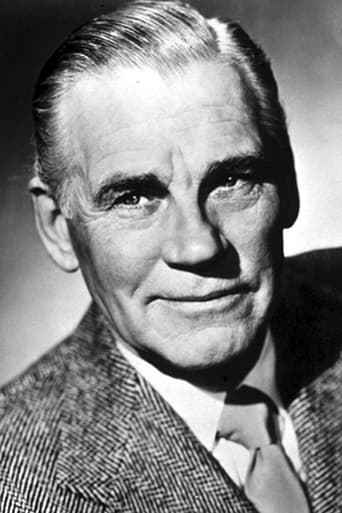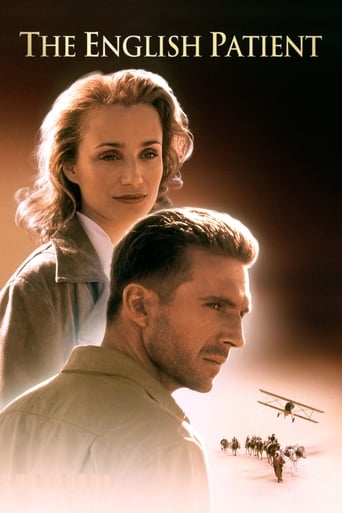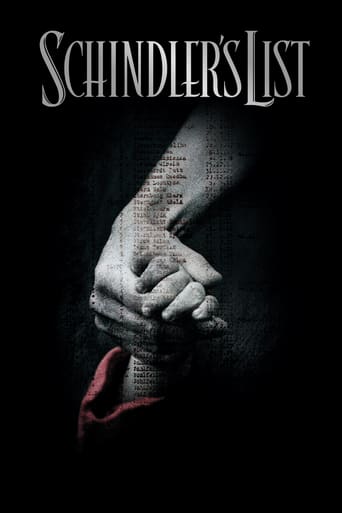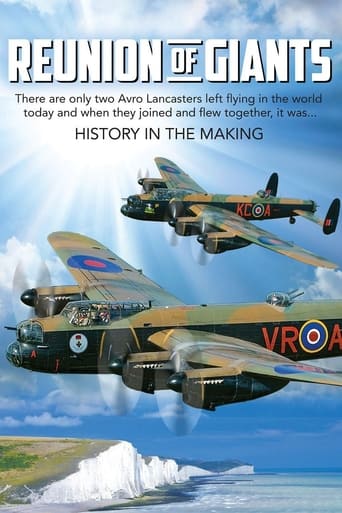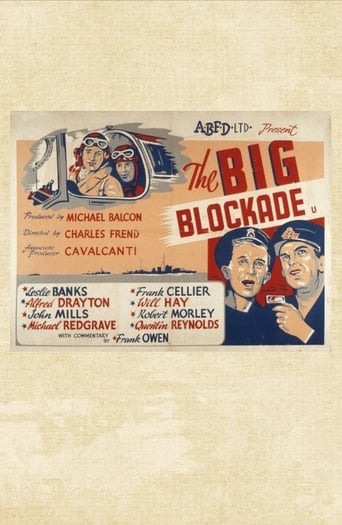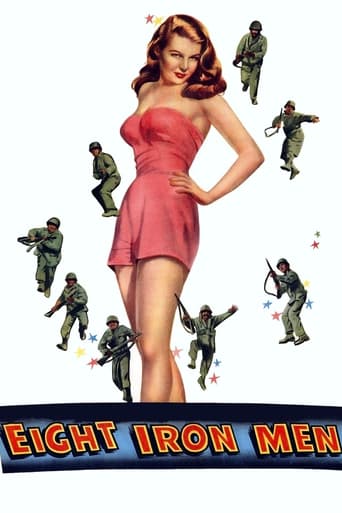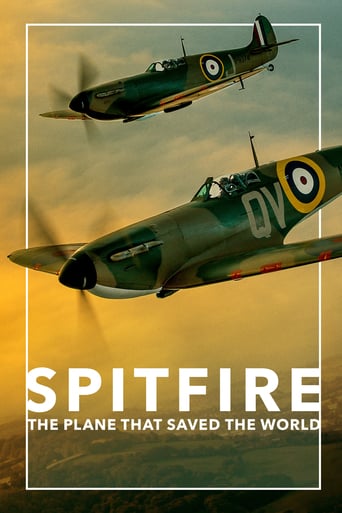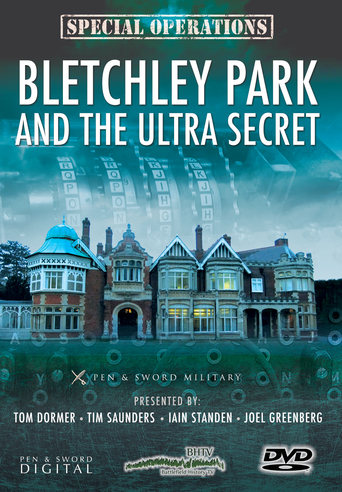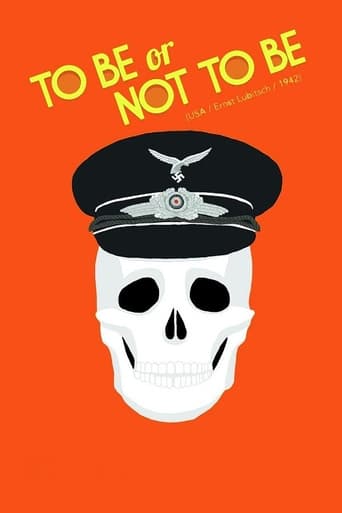Why We Fight: The Battle of China (1944)
The sixth film of Frank Capra's Why We Fight propaganda film series illustrates Japan's occupation of China, including Madame Chiang Kai-Shek's stirring address before congress, the rape of Nanking, the great 2,000 mile migration, and Claire Chennault's Flying Tigers.
Watch Trailer
Cast


Similar titles
Reviews
Very well executed
Very disappointing...
Don't listen to the negative reviews
Very good movie overall, highly recommended. Most of the negative reviews don't have any merit and are all pollitically based. Give this movie a chance at least, and it might give you a different perspective.
*Spoiler/plot- 1944, A documentary film of the work and challenges of getting supplies to China and helping to keep the Natzi regime from connecting up through the Middle East with the Imperial Japanese.*Special Stars- Director: Frank Capra *Theme- World domination was the goal for the Axis powers.*Trivia/location/goofs- The 6th film of Frank Capra of 'Why We Fight' series.*Emotion- An enjoyable and educational documentary made up of live action combat or newsreel footage. But it is extremely educational and does what a narrative simulated war film can do.
The sixth installment in the "Why We Fight" series explores China's history, and Japan's four step plan to bring China and the U.S. under Imperial domination. The first step was the largely unopposed invasion and conquest of Manchuria in 1931, to be followed by the conquest of China proper for manpower. With an initial attack on Shanghai in 1932 largely ineffective, Japan waited another year before taking over another Chinese province, while attempting to stretch it's reach further westward as the Chinese retreated. China's strategy was to trade space for time in an effort to build their military supplies. However Japan hadn't counted on the fierce opposition of Chinese guerrilla bands who continuously harassed the enemy.Bogged down by an inability to complete the second phase of their strategy, Japan embarked on the third and fourth parts of their plan. By the time this film was produced, Japan was in the midst of that struggle, with mentions of campaigns in the Pacific and the attack on Pearl Harbor setting the stage for the seventh and final chapter of this documentary series. I found that to be rather interesting, as the series now more closely resembled a work in progress as opposed to the history of the conflict already presented in the first five chapters. Interesting too because brand new American fighting men seeing these films for the first time might still have harbored doubts about the war's outcome, even if their country was now firmly behind the war effort.As in all the prior chapters, the atrocities of the Axis enemy, this time Japan, were well documented and horrifyingly portrayed. The fall of Nanking for example, resulted in the deaths of forty thousand victims, most of them non-combat men, women and children on whom the Japanese took out their rage and hostility. Unlike watching a war movie, the unimaginable terror that humans are capable of inflicting on each other is on display here in all it's unflinching reality.
This is a well-edited account of a time in US history when the Chinese were our military allies.The "maps and diagrams" by the War Dept.,along with some tight editing,make this essential viewing for all students of history.
This is a classic bit of American Propaganda from WWII. This was part of a whole series of "Informational Films" produced by the War Department to arouse the American People to greater efforts in their war against tyranny. This installment chronicles the history of the war between Japan and China that later became part of the world-wide conflict known as the Second World War.Every little Chinese victory is exaggerated. So is every Japanese atrocity, especially the bombing of Chinese cities. China's leadership is portrayed as noble and enlightened. Japan's leadership is seen as a bunch of fanatical warlords bent on world conquest. Japan's invasion of China is described as "Phase Two" of a four-part plan to conquer the world, ending with "Phase Four", an attack "Eastward to crush the United States".In reality, China won precisely zero real victories in that war. China's leader Chiang Kai-Shek was a dictatorial warlord who cared more about ensuring his own luxury and power base than about defeating the Japanese, who he was content to leave to the Americans to deal with. Japan's bombing of Chinese cities was little different from what the US was then doing to Germany, and would soon do to Japan. Japan wasn't out to conquer the world, just grab a colonial empire like they had seen the British, French, Russians, Spanish, Portuguese, Dutch, and Americans do for the last two centuries. Japan's ultimate aim was simply to get strong enough to avoid becoming a colony of some Western Empire themselves, and China was the only un-colonized area left. Japan never even dreamed of conquering or even invading the US, they simply wanted to weaken the US enough that we wouldn't be able to interfere, then negotiate a peace and return the outlying US possessions (like the Philippines) that they had already seized in exchange for a free hand in China and Indonesia.On the other hand, Japan's atrocities in China (like the Rape of Nanking, which gets about 30 seconds of screen time in this film) WERE awful, and Japan's military leadership WAS a bunch of militaristic warlords.By today's enlightened standards, this film is rather racist at times, consists of outright lies in others, and twists the truth to fit a predetermined conclusion the rest of the time. But one must put this film in its proper perspective. This was made at the height of WWII, when even Americans who knew something about Japan knew darn little about Japan. A famous anthropologist the US Military hired as an expert on Japan confidently informed the US government that Japanese pilots were unable to fly well due to universally bad eyesight. The Japanese knew us a lot better than we knew them, and only a few of them had any clue that we would be as outraged by Pearl Harbor as we turned out to be.We were engaged in a great war to defeat Nazi Germany and Imperial Japan, two fundamentally racist regimes. The fact that we had to resort to racist propaganda ourselves in order to defeat them is sad and regrettable, but understandable.

